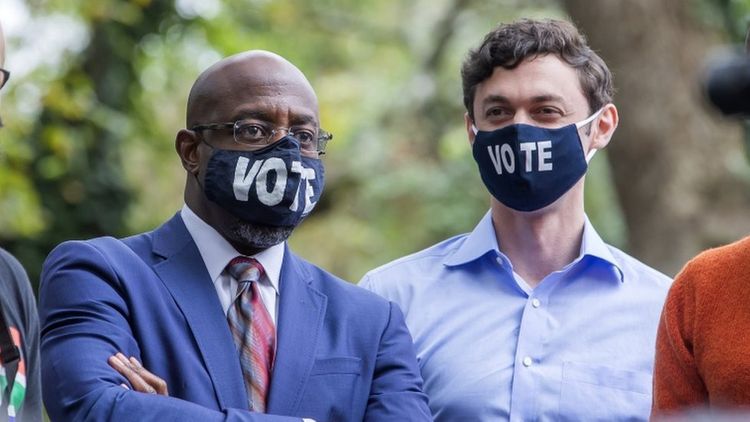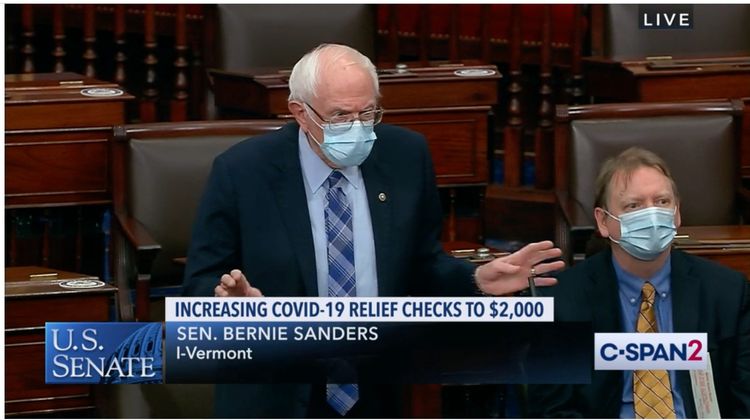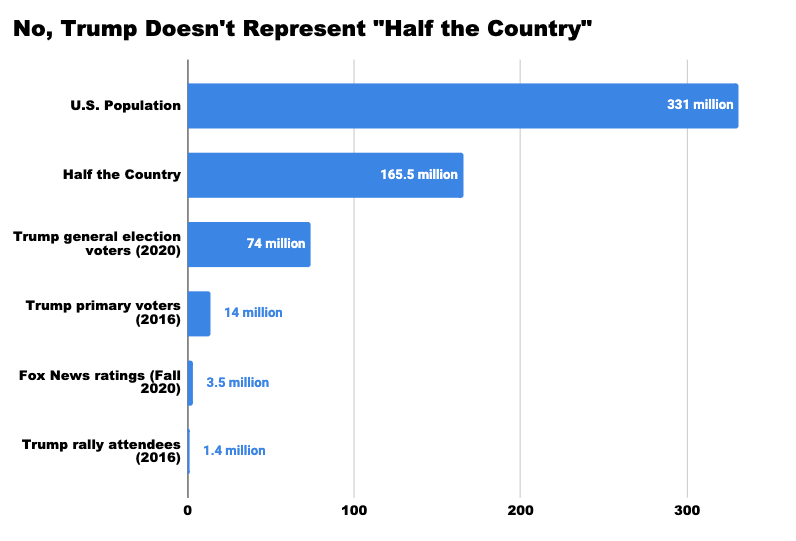Best Practices for Building Trust Between Scientists and Communications Staff
What you’re getting into: 1,200 words or about a six minute read. A video version of this lecture is available on Youtube.
A lot of advice in science communication seems straightforward. But it’s also open to interpretation — and misinterpretation — by scientists and communications staff alike. So it’s incredibly important for scientists and communicators to feel like they’re on the same team. That means being clear about our goals, our audiences and our roles in a given project. In short, it’s about trust, and it’s worth taking the time to build it.
For scientists, reputation rules
Science communication stills feels risky for a lot of researchers. In many ways, public information officers and other communicators are asking scientists to put their hard-earned professional reputations in their non-expert hands. That’s a very heavy thing to ask a scientist to do. So it’s not surprising that researchers often respond to ideas from communications staffers with reflexive skepticism. Scientists are constantly weighing what their peers — i.e. their toughest critics — will think about the communications work they do.
Indeed, when communications staffers march into a conference room brimming with excitement, here’s what I think scientists often hear.
What communications staff sayWhat scientists can thinkWe’re excited! This could get a lot of attention.Be careful! This could get a lot of attention.We have a lot of new ideas for our communications work.Here’s a new batch of untested, potentially risky ideas. Fire at will!We think these new messages will resonate with our audiences.The perfectly accurate messages you’ve been using are total duds.We want to produce a suite of new content for our audiences.We’ll soon be driving you to distraction with requests for review.
On the flip side, scientists’ skeptical reactions and instinctual critical thinking can come across as overly-negative for communication staffers:
What scientists sayWhat communications staff can thinkWe need to be careful. This could easily lead to a lot of inaccuracies.They don’t trust us to do this accurately.This doesn’t include important caveats. We’ll get roasted.Wow. They think we’d simplify things to the point of embarrassment.What if [unlikely bad outcome] happens?They don’t think we can plan effectively or think on our feet.We tried that before and it didn’t work.These scientists aren’t open to anything new!
Of course, communicators aren’t actually out to flummox scientists. And scientists aren’t out to be sticks in the mud or make communicators feel bad about doing their jobs. But if communicators and researchers aren’t clear about their goals and audiences, it’s very easy for them to talk past one another.
What to do? I can think of five approaches I’ve found useful in my career.
Always consider other scientists as a key audience
Communications staffers have to remember that scientists’ peers are their most important audience. Communications campaigns often focus on big gets like the New York Times or regional TV or radio programs. But communicators shouldn’t forget trade and specialty press in researchers’ fields. As science communicator Matthew Shipman puts it, those audiences might be small, but for a scientist, everyone in them matters.
Further, even if a communications project isn’t targeting other scientists at all, communications staffers should explicitly discuss how other scientists might react to the project. That’s often the driving force behind hesitancy in science communication, for reasons that are both good and bad. Nobody wants to make mistakes, but science is also a peculiarly hierarchical profession in which it can be risky to rock the boat, challenge the status quo and try new things.
Tackle the negative stuff first
Early in communications planning or idea vetting, I like to ask scientists, “What’s the most prevalent misinformation you deal with in your field?” and “What are the outcomes we absolutely want to avoid?” That helps ground the conversation in a shared understanding of what we don’t want to do, which can be a big time saver down the road.
For instance, scientists who work on detecting exoplanets are often wary of suggestions that the worlds they’re discovering could be colonized. It’s such a speculative, sci-fi topic that it can easily distract audiences from the here-and-now work they’re doing to advance our understanding of astronomy. Of course, that idea is a natural hook for communicators to think about because it’s a great way to capture people’s imagination. But for scientists, it quickly devolves into a misleading frame that they’d like to move on from as quickly as possible or avoid all together.
Be clear about process, especially right of last-review
Scientists should always enjoy right-of-last-review on materials, not only to ensure accuracy, but also to have some simple peace of mind. Everyone who works in communications knows how easy it is for inaccuracies to creep into the editing process, especially when multiple people are involved. When scientists know that they’re the last set of eyes on public materials, it creates a final check to ensure accuracy.
Right-of-last-review can also give scientists more room to think creatively earlier in the process. They don’t have to worry that a rhetorical flourish or risky idea now will turn into something inaccurate later when the project is in someone else’s hands.
Use improv rules when it’s time to brainstorm
Scientists are great at shooting things down. It’s a wonderful skill for peer review. But it can be a bummer for communicators when it’s time to come up with exciting new ideas. One helpful way to approach creative conversations is to adopt improv rules. Make it clear that nothing said in the room will go into public materials unless vetted. Also make it clear that it’s a time to respond to ideas with “yes, and…” statements rather than “no, but…” ones.
I’m always pleased when scientists adopt these ground rules, drop their defenses and let the ideas and silly riffs flow. And I always get a chuckle out of how unnaturally it comes to all of us who work in science communication! We’re so sensitive to accuracy, that it’s easy to miss opportunities like NASA’s guide to cooking a turkey using space gear, the CDC’s super-practical disaster preparedness advice for a zombie apocalypse or the graceful elegance of a glowing dinosaur who helps us track auroras. Like good art, these projects can look deceptively easy to come up with from the outside, but they all resulted from people giving themselves permission to do something different and doing the hard, detailed work it takes to bring these ideas to life.
Buddy up
Finally, if institutions have the resources and are doing big communications campaigns, I strongly recommend having a communications staffer and a scientist tag-team a project. “Co-managing” can seem like an inefficient use of time at first blush, but for science communication, it can work wonders.
Over time, a scientist will develop a deeper sense of what communicators and their audiences need. A communicator, meanwhile, will become well-versed in the nuances of a given scientific topic.
What other ideas do you have for helping scientists and communications staff work more effectively together?
(Homepage image via Wikipedia)




